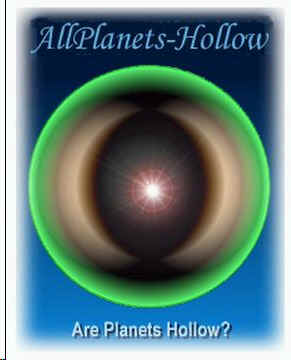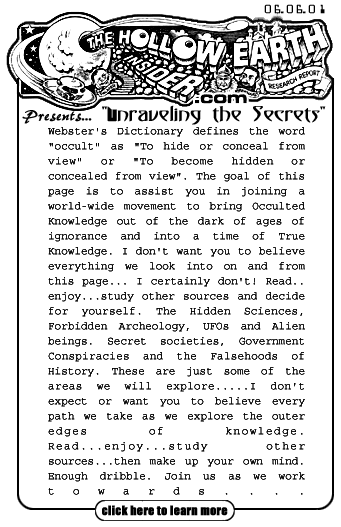 Why wouldn't
it be? Think about its round shape. It was centrifugal force that sculpted the
Earth, and all the planets. That force was greater at the
equators, so they all bulge at the equators. Going towards the poles, that force would
have progressively diminished, such that the outline
of the planets would have gradually inclined inwards until, at the poles, there would have been no curvature. The crust at the poles
would be very thin because the centrifugal force at the poles would have been very little; the matter there would have slid down and
concentrated itself at equator and reinforced the crust there.
Why wouldn't
it be? Think about its round shape. It was centrifugal force that sculpted the
Earth, and all the planets. That force was greater at the
equators, so they all bulge at the equators. Going towards the poles, that force would
have progressively diminished, such that the outline
of the planets would have gradually inclined inwards until, at the poles, there would have been no curvature. The crust at the poles
would be very thin because the centrifugal force at the poles would have been very little; the matter there would have slid down and
concentrated itself at equator and reinforced the crust there.As the outer crust cooled, any pent up force within the planet would have most likely expressed itself by blowing out through the axial (polar) points and would have formed openings. (Our planet has polar openings) This seems to be what is indicated by the huge, crater-like depressions at the tops of the planets which we can observe. The outer rim or collar of such openings could be a tell-tale sign of such an outburst from the interior which happened long, long ago during the formative stages.
What hollow earth proponents are saying is that the same force which sculpted the outer shape of the planets, that centrifugal force, would have had to have opened up a cavity within the planets, too. The force could not have had such a dramatic impact on the exterior shape and curve of the planets, with no cavity opening up at the core. Because the centrigfugal force was not evenly distributed, the interior cavity would have the shape of a football or rugby ball, with the points edging towards the poles.
The cavity of our Earth can't have a liquid interior. If it had, the tidal force exerted by the Moon would have induced the liquid interior to bust through any crust just as soon as such crust could have formed by
cooling.



